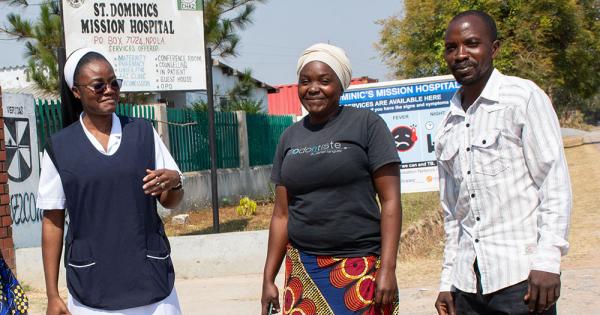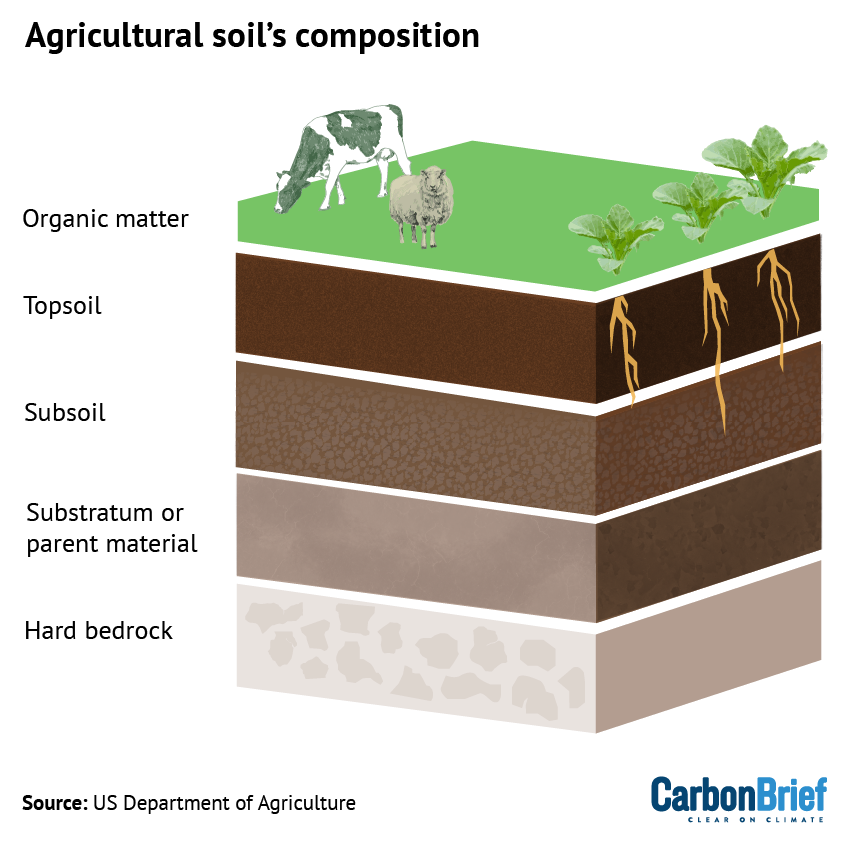Intimate partner violence among women living with HIV in East Africa: a systematic review and meta-analysis – BMC Public Health

Report on Intimate Partner Violence and HIV: Emphasizing Sustainable Development Goals (SDGs)
Introduction
Intimate partner violence (IPV) against women remains a critical global public health issue, intersecting significantly with HIV/AIDS. Addressing IPV is essential to achieving the United Nations Sustainable Development Goals (SDGs), particularly SDG 3 (Good Health and Well-being), SDG 5 (Gender Equality), and SDG 10 (Reduced Inequalities). This report synthesizes current evidence on the prevalence, health impacts, and socio-economic factors of IPV among women living with HIV, highlighting the importance of integrated interventions aligned with SDG targets.
Prevalence and Health Impacts of Intimate Partner Violence
- Global Prevalence: Studies indicate a high prevalence of physical and sexual IPV among women worldwide, with significant rates reported in low- and middle-income countries (Sardinha et al., 2022; Ma et al., 2023).
- Health Consequences: IPV is associated with adverse physical and mental health outcomes, including increased risk of HIV infection, poor treatment adherence, and elevated viral loads among HIV-positive women (World Health Organization, 2019; Bacchus et al., 2018; Merrill et al., 2021).
- Intersection with HIV/AIDS: IPV exacerbates HIV-related health disparities by impeding access to care and increasing vulnerability to infection, thus hindering progress towards SDG 3 and SDG 5 (Campbell et al., 2008; Kouyoumdjian et al., 2013; El-Bassel et al., 2022).
Socio-Economic and Behavioral Factors Associated with IPV
- Socioeconomic Deprivation: Economic inequalities and deprivation are significant predictors of IPV, emphasizing the need to address SDG 10 to reduce disparities (Khalifeh et al., 2013; Udoyen et al., 2017).
- Controlling Behaviors: Controlling behaviors by partners contribute to IPV and its health effects, necessitating targeted behavioral interventions (Krantz & Vung, 2009; McClintock et al., 2021).
- Alcohol Consumption: Partner alcohol use is linked to increased IPV risk, indicating the importance of substance abuse prevention in IPV reduction strategies (Aboagye et al., 2022).
Implications for HIV Care and Treatment
IPV negatively impacts engagement in HIV care and treatment adherence among women, posing challenges to achieving the UNAIDS Global AIDS Strategy 2021–2026 and the political declaration on HIV and AIDS to end inequalities by 2030 (UNAIDS, 2021; UN General Assembly, 2021).
- Women experiencing IPV show higher rates of non-adherence to antiretroviral therapy (ART), compromising prevention of mother-to-child transmission and overall health outcomes (Hampanda, 2016; Biomndo et al., 2021).
- IPV is associated with increased mental health disorders and food insecurity among HIV-positive individuals, highlighting the need for comprehensive care models integrating social determinants of health (Hatcher et al., 2021; Hatcher et al., 2015).
Strategies for Prevention and Intervention
- Policy Frameworks: Implementation of WHO’s framework for preventing violence against women is critical to guide policymakers in aligning national strategies with SDG 5 (World Health Organization, 2019).
- Integrated Services: Combining IPV screening and support within HIV care services can improve health outcomes and advance SDG 3 and SDG 5 targets (Mathania & Sirili, 2023; Biranu et al., 2023).
- Community Engagement: Empowering women and engaging communities to change attitudes towards IPV supports SDG 5 by promoting gender equality and reducing violence (Saud et al., 2021).
Conclusion
Addressing intimate partner violence among women living with HIV is essential for achieving the Sustainable Development Goals, particularly those focusing on health, gender equality, and reduced inequalities. Multi-sectoral approaches integrating health, social, and economic interventions are imperative to mitigate IPV’s impact and promote well-being and equality for women globally.
References
- World Health Organization. Violence against women. Available at: https://www.who.int/news-room/fact-sheets/detail/violence-against-women. 2024.
- Sardinha L, Maheu-Giroux M, Stöckl H, Meyer SR, García-Moreno C. Global, regional, and national prevalence estimates of physical or sexual, or both, intimate partner violence against women in 2018. The Lancet. 2022;399(10327):803–13.
- Ma N, Chen S, Kong Y, et al. Prevalence and changes of intimate partner violence against women aged 15 to 49 years in 53 low-income and middle-income countries from 2000 to 2021. The Lancet Global Health. 2023;11(12):e1863–73.
- Campbell JC, Baty M, Ghandour RM, et al. The intersection of intimate partner violence against women and HIV/AIDS: a review. Int J Inj Contr Saf Promot. 2008;15(4):221–31.
- Bacchus LJ, Ranganathan M, Watts C, Devries K. Recent intimate partner violence against women and health: a systematic review and meta-analysis of cohort studies. BMJ Open. 2018;8(7):e019995.
- Merrill KG, Campbell JC, Decker MR, et al. Past-year violence victimization is associated with viral load failure among HIV-positive adolescents and young adults. AIDS Behav. 2021;25:1373–83.
- UNAIDS. Global AIDS Strategy 2021–2026: End Inequalities. End AIDS. 2021. Available at: https://www.unaids.org/en/Global-AIDS-Strategy-2021-2026.
- United Nations General Assembly. Political declaration on HIV and AIDS: ending inequalities and getting on track to end AIDS by 2030. 2021. Available at: https://www.unaids.org/sites/default/files/media_asset/2021_political-declaration-on-hiv-and-aids_en.pdf.
- World Health Organization. Preventing violence against women: a framework for policymakers. 2019. Available at: https://www.who.int/publications/i/item/WHO-RHR-18.19.
- Saud M, Ashfaq A, Mas’ udah S. Women’s attitudes towards wife beating and its connection with intimate partner violence: an empirical analysis of a national demographic and health survey conducted in Pakistan. J Int Women’s Stud. 2021;22(5):149–60.
1. Sustainable Development Goals (SDGs) Addressed or Connected
- SDG 3: Good Health and Well-being – The article discusses health effects related to intimate partner violence (IPV) and HIV/AIDS among women, highlighting health consequences and the need for prevention and treatment.
- SDG 5: Gender Equality – The article focuses on violence against women, particularly intimate partner violence, which is a critical issue under gender equality.
- SDG 10: Reduced Inequalities – The article references inequalities faced by women living with HIV and experiencing IPV, emphasizing the need to end inequalities.
2. Specific Targets Under Those SDGs Identified
- SDG 3: Good Health and Well-being
- Target 3.3: End the epidemics of AIDS and other communicable diseases.
- Target 3.7: Ensure universal access to sexual and reproductive health-care services.
- SDG 5: Gender Equality
- Target 5.2: Eliminate all forms of violence against all women and girls in public and private spheres, including trafficking and sexual and other types of exploitation.
- Target 5.6: Ensure universal access to sexual and reproductive health and reproductive rights.
- SDG 10: Reduced Inequalities
- Target 10.2: Empower and promote the social, economic and political inclusion of all, irrespective of age, sex, disability, race, ethnicity, origin, religion or economic or other status.
3. Indicators Mentioned or Implied to Measure Progress
- Indicator 5.2.1: Proportion of women and girls aged 15 years and older subjected to physical, sexual or psychological violence by a current or former intimate partner in the previous 12 months.
- Indicator 3.3.1: Number of new HIV infections per 1,000 uninfected population, by sex, age and key populations.
- Indicator 3.3.2: Tuberculosis incidence per 100,000 population (implied in health context though not explicitly stated).
- Indicator 5.6.1: Proportion of women aged 15-49 years who make their own informed decisions regarding sexual relations, contraceptive use and reproductive health care.
- Indicator 10.2.1: Proportion of people living below 50% of median income, by age, sex and persons with disabilities (implied through discussion of inequalities and socio-economic factors related to IPV and HIV).
- Additional implied indicators include prevalence rates of intimate partner violence among women living with HIV, adherence rates to antiretroviral therapy, and rates of disclosure and counseling seeking behavior related to IPV.
4. Table of SDGs, Targets, and Indicators
| SDGs | Targets | Indicators |
|---|---|---|
| SDG 3: Good Health and Well-being |
|
|
| SDG 5: Gender Equality |
|
|
| SDG 10: Reduced Inequalities |
|
|
Source: bmcpublichealth.biomedcentral.com

What is Your Reaction?
 Like
0
Like
0
 Dislike
0
Dislike
0
 Love
0
Love
0
 Funny
0
Funny
0
 Angry
0
Angry
0
 Sad
0
Sad
0
 Wow
0
Wow
0














































































